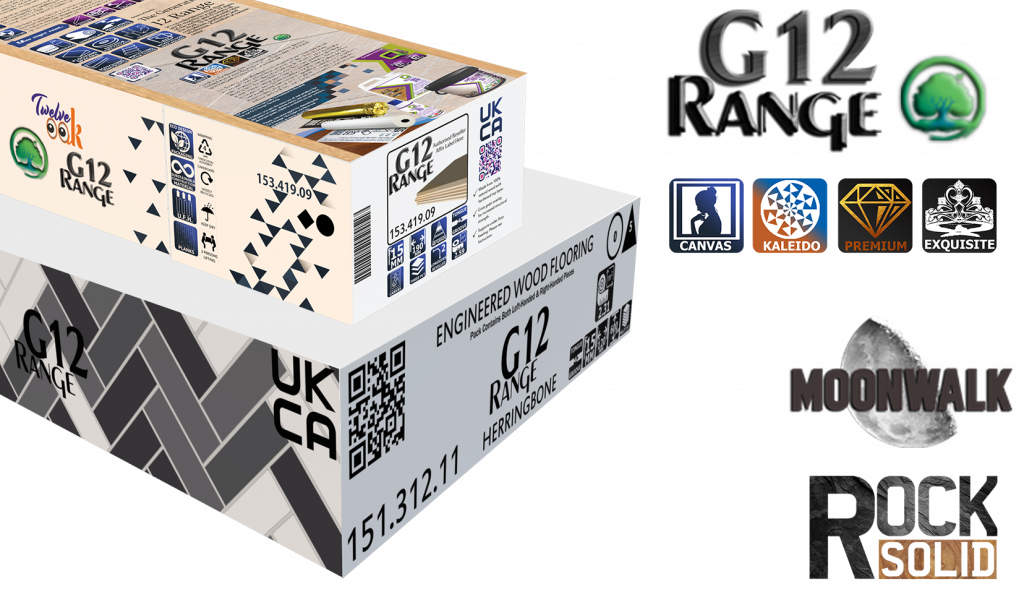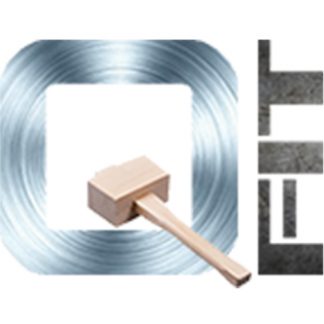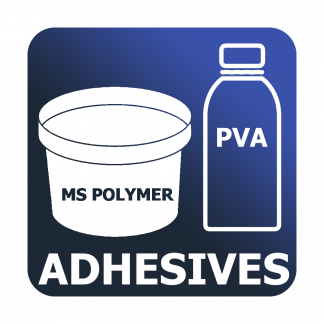We have undergone a major brand redesign and updated packaging. Our industry directly impacts the environment, and we want to make sure we are making a positive one. Conscious consumers are on the rise, everyone wants us to help them become more sustainable. Conscious consumers choose brands that have a positive environmental and ethical impact. Our packaging is designed with reduced packaging. Four-sided cardboard surrounded by heat shrink wrapping. Recycling information to encourage our customers to recycle and dispose of waste correctly.
Author: [email protected]
Smoked to perfection
Smoked pre-finished is common in the market but we are one of the first and few to introduce unfinished smoked products. This offers two great advantages to our users. First, the fuming process takes up space and is often unavailable to some of our customers due to the constraint of the premises they have. we levelling the playing fields. Furthermore, it reduces the labour cost and the energy cost of the process. The second big advantage is consistency and thoroughness. Our smoke process takes place prior to top layer lamination. This means the reaction of the fuming process is much more thorough than post-lamination. We have a consistent unique blend so your special blend is consistent.
All our smoke process uses an airflow system as opposed to the roller application method. Roller application lacks consistency and the penetration of oxidation.
Grading – the finest by selection
We have a unique grading process. Whilst some in the industry like to grade the product by a robotic specific, we grade our veneer by guidelines. We don’t believe applying a rigid label to nature is the right thing to do. You can put the acidity content of wine on its bottle but that has no bearing on the taste. The winemakers, with their expertise and a well-trained taste bud. They make the determination of their products. We leave that with our veneer grader. Some of our graders have over 30 years of experience and they are in possession of knowledge to ensure the undertone and the characteristic of the product matches the expectations of our customers. We run a minimum of five passes during our grading process.
We provide grading information for all our products. For our prefinished ranges, this serves as a direction for design needs but serves little relevance as those veneers are specifically selected for the product we developed. Take the grouse feather for example. The sound knot is made into a “Cardioid” shape design. [Figure X], another example is our Slate [Figure Y], the sapwood on both sides of the planks forms a unique character, and therefore knotty or sappy is immaterial but often end users are miss guided by the grading information and misinterpret them as a quality reference but in fact, they are a character reference. It’s true that higher grades are often associated with a higher price tag but this is due to the rarity and the availability of clean boards. The structure and finishing quality remain consistent throughout our products. For our unfinished range, however, this is crucial. Please see the grading table for information so that you know what you would expect. In addition, we have an Allowable Miss Grade. We introduce this as part of our grading process by design, there are circumstances and up to a certain percentage, where we would introduce slightly lower grade veneers into the product. Such as a sound knot a little exceeded the diameter of an ABC grade but located right at the end and side edge of the plank. Our grader has arrived at the decision and determined that it will not affect the undertone of the flooring as a whole. As the fitters should always liaise with end users on how they wanted to portray the floor and the arrangement of the furniture, the allowable missed grade could place in either a less conspicuous area or used for cutting areas and lose that completely. The idea is common sense that wastage is inevitable. Please see our AMG table for more information.
Micro Bevelled/Chamfer
Unlike square edges, bevelling/chamfering was a method to resolve the height difference between the 2 planks due to machinery precision limitations. Though this might still be the case for some, our production capability has long solved this issue and the micro-bevelled edges are now the intended part of our design element to enhance the character of the wood floor.
Longside bevelled – Our planks are long sides bevelled. This is to give the look of continuity of the strip.
All side bevelled – Our herringbones are all side micro bevelled. This is to increase the 3-dimensional feel of the boards.







